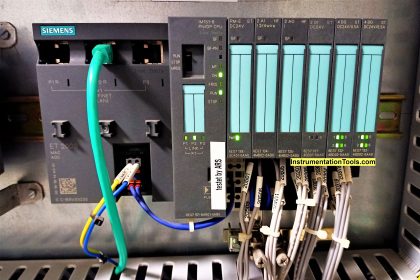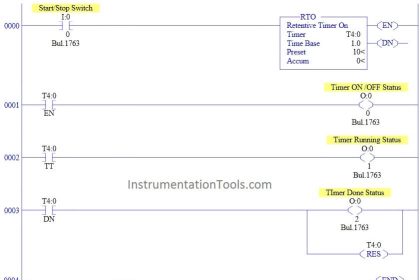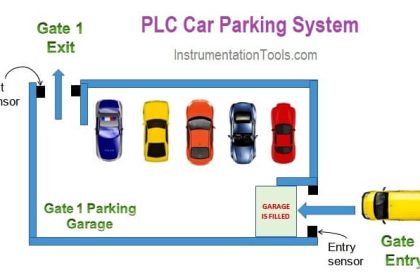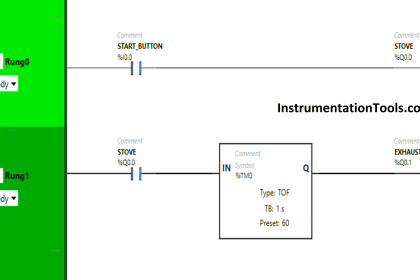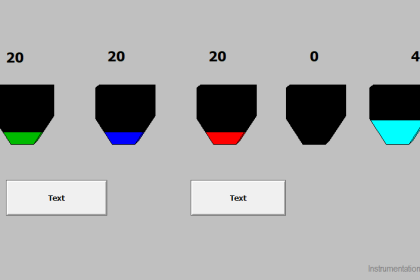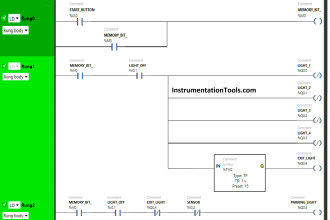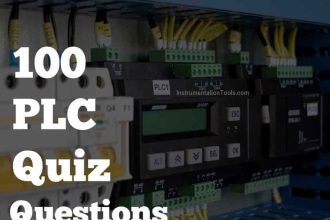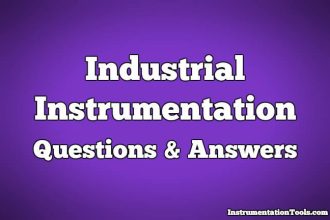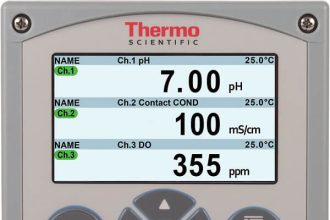When you are working in a PLC system, you know that the most basic thing to take care of is memory. What program you write, and how much memory has been consumed; is a very important factors in determining PLC performance. For this, it is necessary to understand how memory structure is organized and defined in a PLC.
PLC Memory Organization
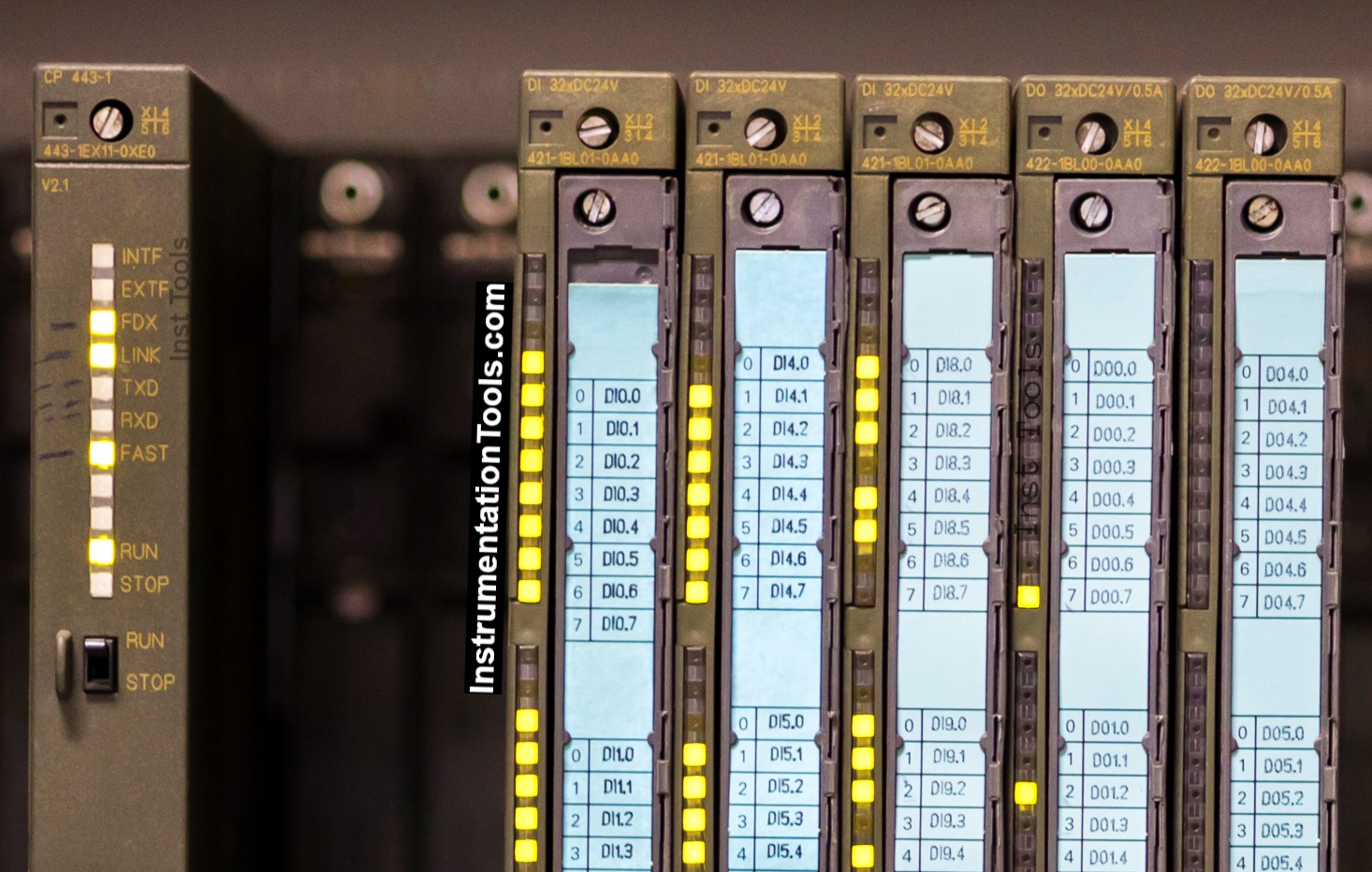
Without knowledge of memory organization, it would be difficult to predict how much exact program you have to write. In this post, we will see memory organization in PLC. Memory in a PLC is divided majorly into two types – data files and program files.
Data Files
The data file is the location of memory which stores information like memory words, status words, input variables, output variables, communication variables, timers, counters, and other in-built library functions provided by the PLC manufacturer.
Let us have a look at each example one by one.
- Memory words – Memory words are Boolean variables, integer variables, double integer variables, and floating variables. Suppose a PLC has allocated 100 memory variables for usage. Out of these, only 5 variables are used. The first variable is bit type, storing either 0 or 1. The second variable is an integer, signed or unsigned. The third variable is also an integer. The fourth variable is a double integer, signed or unsigned. If a variable is a double integer or float, it consumes two memory variables. So, the fifth memory variable will be a double integer.
- Status words – Status words store information about PLC. It comes in two types – status bits and status integers.
- Input variables – They store data regarding digital inputs and analog inputs of the PLC.
- Output variables – They store data regarding digital outputs and analog outputs of the PLC.
- Communication variables – They store data regarding communication protocols used in PLC. They can be Modbus, Ethernet, Can-Open, etc.
Apart from these, other in-built libraries if used to come in data files memory. They are timers, counters, pulse blocks, etc.
Program Files
As the name defines, program files store data regarding logic written, subroutines, and interrupts. This is the main consuming part of memory in PLC. If the PLC code written is more, then program file consumption will be large and if the code written is less, then program file consumption will be less. All the logic, be it a ladder, functional block diagram, structured text, sequential flow chart, or instruction list, comes in program files memory.
Also, user-defined function blocks and user-defined data types come in program files.
Memory organization in PLC is stored in either internal storage or internal and external SD cards. When there arises a situation where the internal memory storage is getting full and you need more data for the writing PLC program, then you need to insert an external SD card for extending program memory.
In that case, both the data files and program files are extended. Many PLCs have an online animation window, which shows current memory usage. It can be viewed either online or offline. This helps in better memory planning.
If you liked this article, then please subscribe to our YouTube Channel for Instrumentation, Electrical, PLC, and SCADA video tutorials.
You can also follow us on Facebook and Twitter to receive daily updates.
Read Next:
- Sequential PLC Programming
- S7-1500 S7-1200 S7-400 S7-300
- HMI Screen Design Applications
- Static and Temp Variables in PLC
- Power Supply Sizing for Systems
